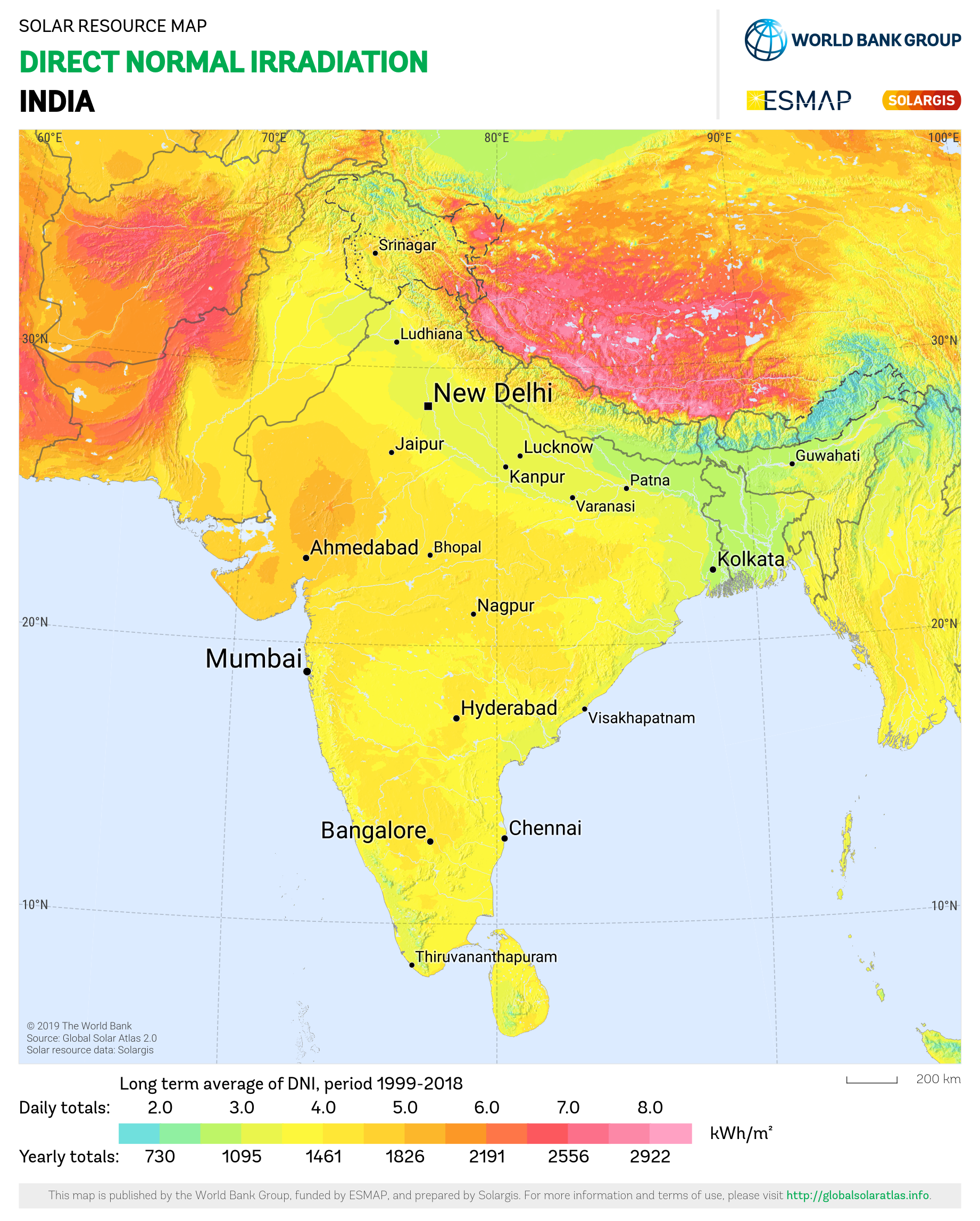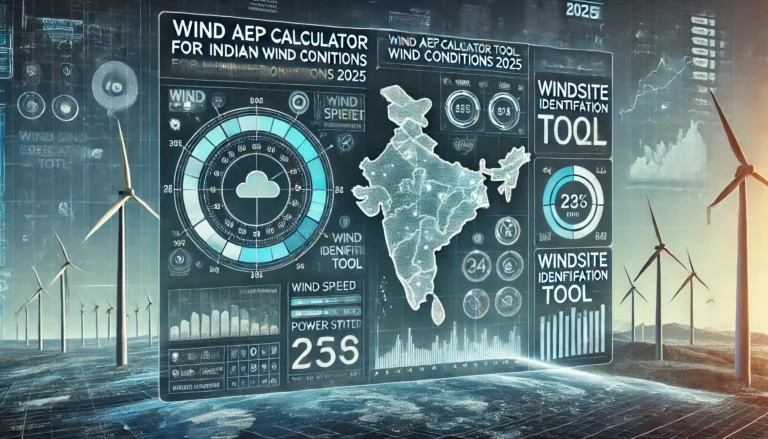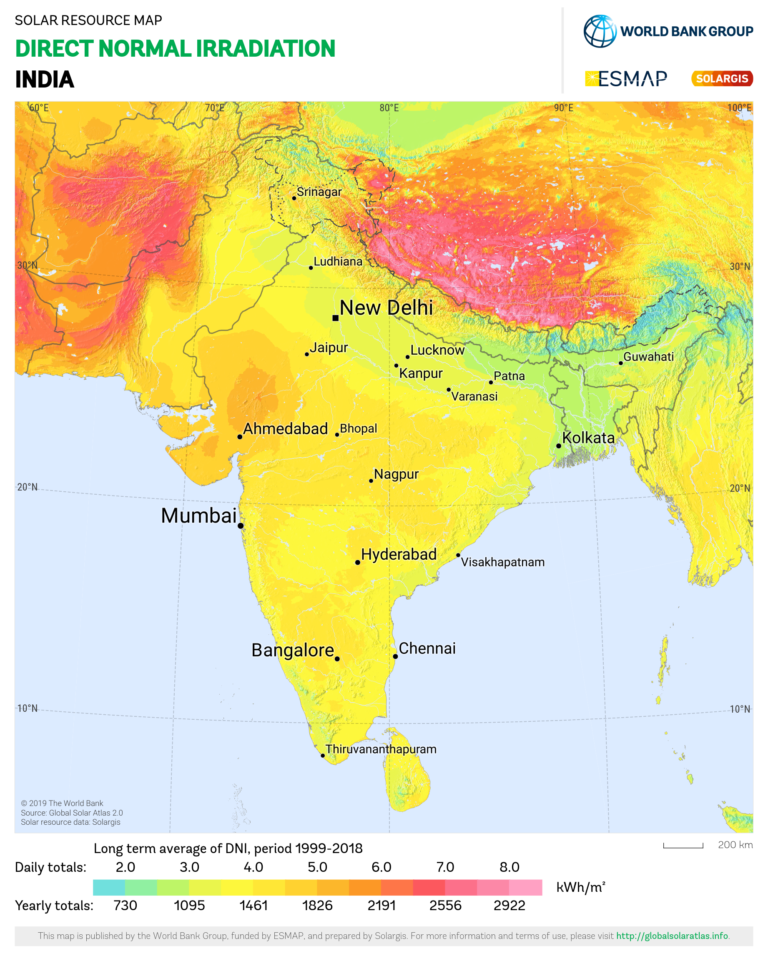
CTU Connectivity Database
Please submit your contact details:
Source Data: https://ctuil.in/regenerators
Introduction
In the evolving landscape of renewable energy, effective data management is crucial for the successful integration of projects into the grid. The Central Transmission Utility (CTU) Connectivity Database offers a centralized platform to track and manage renewable energy projects, from solar farms to wind parks, across different states and substations in India. With the growing emphasis on clean energy, this database plays a pivotal role in ensuring that the integration of projects into the power grid is seamless, timely, and well-documented.
This blog delves into the purpose of the CTU Connectivity Database, the context behind the data it holds, and the interactive HTML application designed to enhance its usability.
Understanding the CTU Connectivity Database
The CTU Connectivity Database is a repository of information about renewable energy projects granted connectivity to the grid. It captures critical details such as:
- Expected Connectivity Date: The estimated date when the project will be operational and connected to the grid.
- State and Substation: The geographical and technical locations where the project will connect.
- Applicant Information: The organization behind the project, such as private energy firms or public utilities.
- Project Type: Whether the project is solar, wind, or hybrid (a combination of solar and wind).
- Installed Capacity: The total energy generation capacity of the project in megawatts (MW).
- Connectivity Granted: The actual capacity approved for grid integration.
This data enables stakeholders to monitor the status of renewable energy projects and plan grid operations effectively.
Challenges in Data Management
Managing this data manually or in static formats like Excel files can be cumbersome, especially when users need to analyze specific subsets of data. For example:
- Complexity of Filtering: Identifying all projects within a particular state or substation requires manual sorting and filtering.
- Data Accessibility: Static files do not allow dynamic interaction, making it difficult to generate custom views or download specific datasets.
- Scalability Issues: As the number of projects grows, static management methods become inefficient.
To address these challenges, we developed an interactive web application that brings the CTU Connectivity Database to life.
The Interactive HTML Application
The HTML application transforms the static data into an interactive experience. Users can now easily filter, view, and download data dynamically. Here\’s how the application works:
1. Dynamic Dropdowns
- State Dropdown: Users select a state from the dropdown menu to view available substations.
- Substation Dropdown: Based on the selected state, the substation dropdown dynamically updates to display only the relevant substations.
This functionality is powered by JavaScript, which processes the data and dynamically populates the dropdown menus. This eliminates irrelevant options and ensures users navigate the database efficiently.
2. Customizable Data Views
- After selecting a substation, the application generates a table displaying all the projects associated with that substation. The table includes:
- Name of Applicant
- Project Type
- Installed Capacity
- Connectivity Granted
- Expected Connectivity Date
- This targeted view ensures users can focus on specific data without sifting through irrelevant entries.
3. Data Download
- Users can download the displayed table as a CSV file for offline analysis. This feature is particularly useful for stakeholders who need to integrate the data into other systems or reports.
Technical Implementation
The application relies on the following technologies:
HTML and CSS
- Provides the structure and styling for the application.
- Ensures a user-friendly interface with clearly labeled dropdowns and well-formatted tables.
JavaScript
- Handles the core functionality of data filtering and dynamic content generation.
- Fetches data from the Excel file hosted on the WordPress backend (
https://buygreenenergy.space).
XLSX Library
- Converts the Excel file into a JSON format for easy manipulation in JavaScript.
- Allows the application to dynamically extract and process data from the uploaded Excel sheet.
Interactive Features
- The application’s logic dynamically updates dropdown menus and tables based on user selections, ensuring a seamless experience.
Context of the Uploaded Data
The data in the Excel file captures a snapshot of renewable energy projects in India. Each entry represents a significant milestone in the country’s journey toward sustainable energy. Here are some key insights into the data:
- Diverse Project Types:
- The database includes solar, wind, and hybrid projects, highlighting the diversity of India’s renewable energy landscape.
- Geographical Spread:
- Projects are distributed across multiple states and regions, ensuring a balanced development of renewable energy infrastructure.
- Scalability:
- Projects range from small-scale installations to massive 1000 MW solar parks, showcasing the scalability of renewable energy solutions.
- Private and Public Sector Involvement:
- Both private companies like ACME Cleantech and public entities like NTPC are key players, reflecting a collaborative approach to clean energy.
Benefits of the Application
For Energy Developers
- Quickly identify project statuses and connectivity timelines.
- Simplify compliance and reporting requirements.
For Grid Operators
- Efficiently plan grid operations based on connectivity schedules.
- Monitor the balance of energy sources in real-time.
For Policymakers
- Analyze trends in renewable energy adoption.
- Make informed decisions to support energy transition goals.
Future Enhancements
While the current application is a powerful tool, there are several opportunities for future improvement:
- Real-Time Updates:
- Integrate live data feeds to ensure the database reflects the latest project statuses.
- Enhanced Analytics:
- Add visualizations like charts and graphs to provide insights into project distribution and progress.
- User Authentication:
- Implement secure access for stakeholders to manage and update data.
- Mobile Optimization:
- Ensure the application is fully responsive for mobile and tablet users.
Conclusion
The CTU Connectivity Database and its interactive application are vital tools in managing India’s renewable energy projects. By transforming static data into a dynamic, user-friendly platform, the application empowers stakeholders to make data-driven decisions, streamline operations, and accelerate the adoption of clean energy.
This initiative is more than just a database; it is a step toward a sustainable future where renewable energy is seamlessly integrated into the grid. As the demand for clean energy grows, tools like this will be indispensable in managing the complexities of the transition.
Let’s harness the power of technology to illuminate a greener tomorrow.
This blog captures the essence of the database and its application while providing an engaging narrative for readers. Let me know if you need any edits or additional sections!



